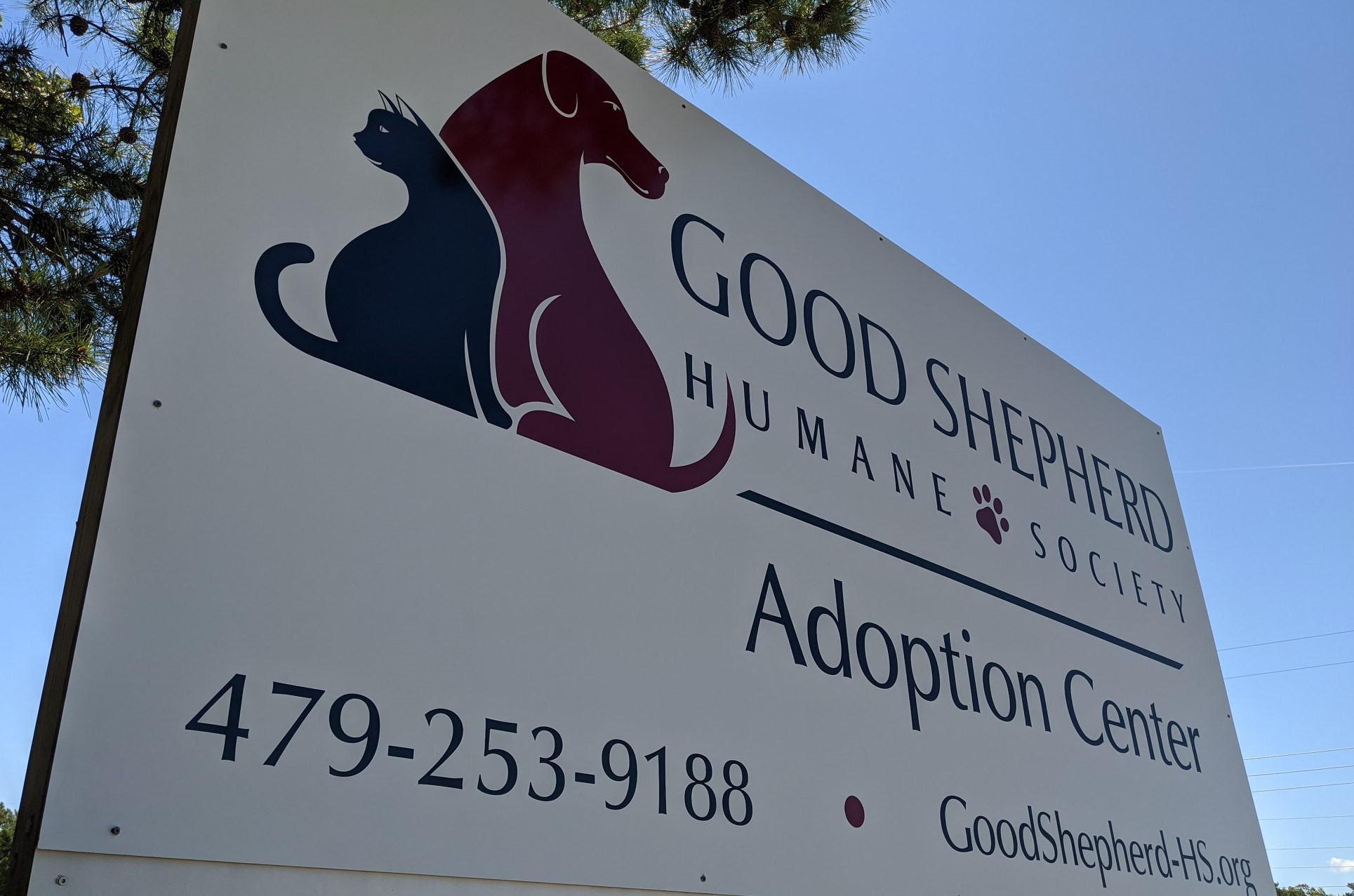News, ideas & inspiration from industry leaders

Rural Challenges in Animal Welfare, Part 3: One Size Does Not Fit All
In Part 2 of his series on Rural Challenges in Animal Welfare, Cole Wakefield, Animal Services Director for Good Shepherd Humane Society, discussed the availability, and lack thereof, of human resources in rural communities. Today he brings up three additional challenges that just may surprise you.
My favorite thing about writing this series is the feedback I have received from around the country. Working in animal welfare can feel isolating, even more so for those working in rural areas that are miles from any other agencies. Well, I can tell you, you are not alone, and there are thousands of others in similar circumstances trying to solve the same problems you are. I hope this series will help focus industry attention and bring us together to finish the last mile of ending unnecessary shelter deaths. Today I want to highlight some of the feedback that I have received.
Animal welfare is like a freight train. Concepts and ideas can sometimes take a while to get up to speed. Yet once they start barreling down the tracks, they can become seemingly unstoppable juggernauts without much consideration for the finer details of their impact. One of the most recent movements is removing breed labels, as recommended by many as a best practice. At Good Shepherd, we avoid breed labels, except when marketing certain highly “desirable” breeds. Some rural agencies, like Cache Humane Society in Logan, UT, feel that removing breed labels can impair their ability to serve their community. “In our predominantly rural community, a lot of our adopters are looking for a working ranch dog or a hunting companion. They are searching for specific breeds that fit their lifestyle,” shares Stacey Frisk, Executive Director at Cache. While the wholesale removal of breed labels in an urban environment, where the labels are more cosmetic, may make sense, the application of this change may need to be more nuanced in some areas.
Something that has surprised me while writing this series is how big rural can be. The counties in Western United States often encompass thousands of square miles. The Humboldt County Spay & Neuter Clinic in California, for example, serves 134,000 people spread out over 4,000 square miles. Two animal control officers serve this county.
There’s also one area where veterinary services are located two or more hours away from some residents. The spay & neuter program has sought assistance from national programs, but has faced rejection because they do not meet population density requirements for the urban center-developed models. Good Shepherd has experienced a similar struggle to supply enough demand at our clinic to cover the low-cost/high-volume model aspects. Low-cost, accessible spay & neuter programs are vital to our success in rural areas. We must develop and promote an affordable, scalable, and reproducible rural S&N model.
While we still do not have hard data on the urban vs. rural buy-in of innovative, community-centric sheltering concepts, anecdotal accounts seem to suggest a definite difference. Saving Grace Pet Adoption Center in Roseburg, OR, serves a rural and urban population mix. Executive Director Megan Gram sees a clear difference in response to programs like finder fostering. The urban population seems willing to try new approaches, yet reaching the rural areas with the correct information can be a struggle. There also seems to be an economic component; wealthier populations have more time and resources to care for strays and found animals, while poorer or isolated people may not.
I am a huge supporter of where we are headed in animal welfare, but we cannot build one-size-fits-all models with the advice to “Just do it.” While many underlying principles hold true no matter the location, the functional requirements may vary widely. Fortunately, there are some tremendous rural success stories, and I hope to feature those next time. Partnership development is key to accomplishing our goals.
If you have a model or success story about how your organization overcame rural challenges, please email me at colew@goodshepherd-hs.org. I look forward to hearing from you!
More from Cole
Blog Part 1: Rural Challenges in Animal Welfare
Blog Part 2: Rural Challenges in Animal Welfare
Member Spotlight: Get to Know Cole Wakefield
Video Interview: Are Rural Shelters Ready For Covid-19 Changes?



Thanks – Cole – – you are “spot on”…. In Oklahoma, there are 2 metro areas with many suburban towns – – and they’re gorowing. In rural Oklahoma, where growth is stagnant, maintaining the numbers, or decreasing – – the challenges are different. From my point of view, in rural communities, once you get ahead of the flood of “unwanted” litters, you have a chance to maintain/manage the pet supply. It can be done. One solution doesn’t fit all of us, but all of us working together to find a solution that works for us – – that’s the key. Keep up the great work – – and the blogs…. you’re making a difference.